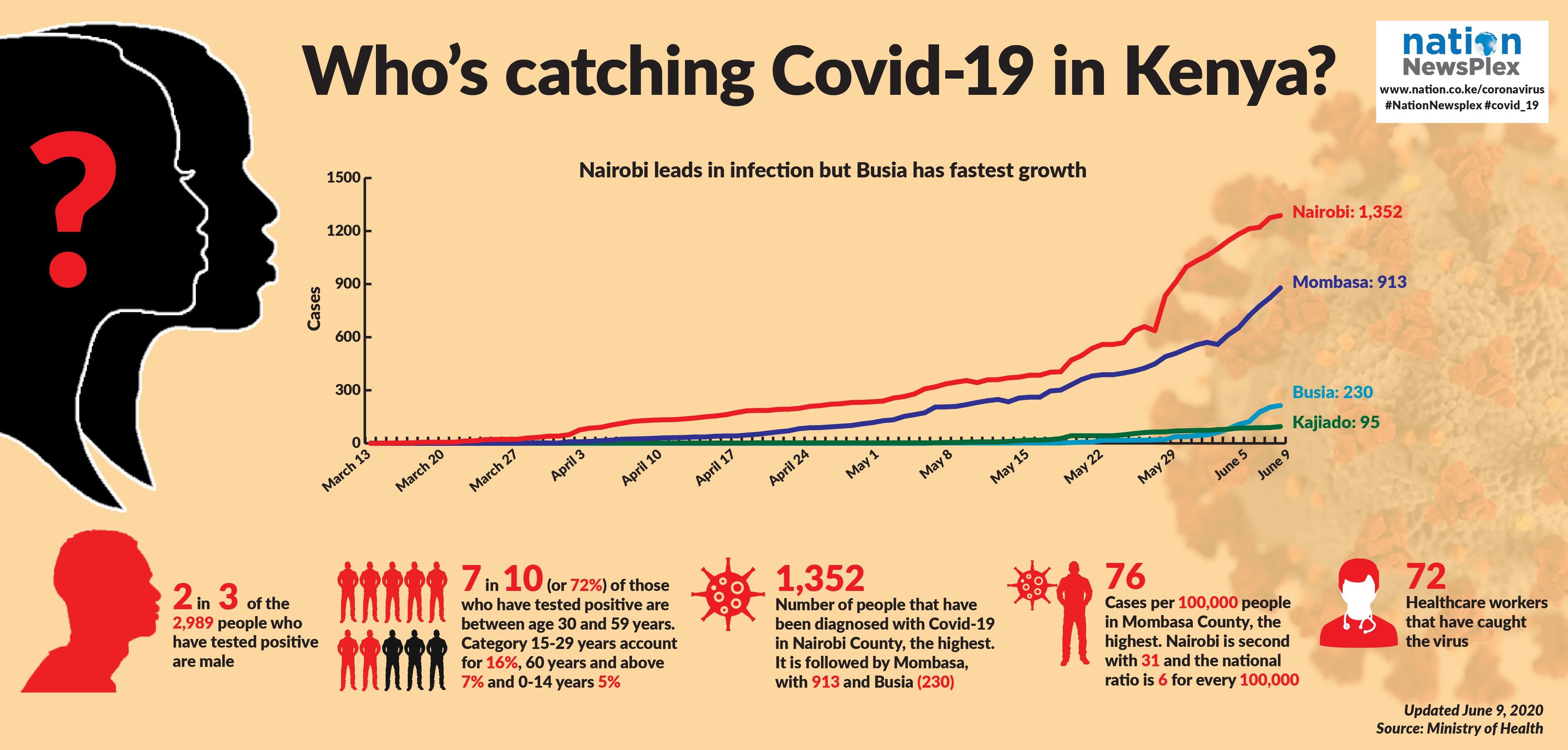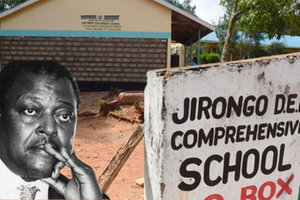Premium
New Malaria Vaccine: Five useful things to know
DESIGN | LISA WAMUGUNDA
Kenya is one of three countries that will take part in a pilot to test the world’s first vaccine for malaria, one of its biggest killer diseases.
The World Health Organisation announced Monday that Kenya, Ghana and Malawi would participate in a programme through which the vaccine, which is known as RTS, S/ASOI or by its trade name, Mosquitrix, would be available for the first time in 2018.
The vaccine, which is is produced by GlaxoSmithKline, based in the UK, received approval from the European Medicines Agency (EMA) in 2015, and the WHO recommended a large-scale implementation of the vaccine be carried out last year
In the next four years (2017-2021), the injectable vaccine will be administered to an estimated 720,000 children aged between five and 17 months in high-risk areas of these three countries.
In Kenya, the National Vaccine and Immunisation Programme will carry out the implementation, working closely with the National Malaria Control Programme and the Pharmacy and Poisons Board.
Researchers intend to assess whether the ability of the vaccine to protect children aged five to 17 months, which have been observed in earlier trials, can be reproduced in real life situations.
According to the WHO, the pilot programme will seek to find out how realistic it is to deliver the required four doses of the vaccine, its safety in the context of routine use, and the vaccine’s potential contribution towards reducing child deaths.
The vaccine will be given four times—once a month for three months starting from the age of around five months, and then a fourth dose 15 - 18 months after the third dose.
The trial is funded to a tune of about Sh5 billion by the Global Fund, Global Alliance for Vaccine Initiative (Gavi) and Unitaid, a global health initiative.
The announcement was made ahead of the World Malaria Day which will be celebrated today on April 25.
How bad a killer is malaria? How effective is this vaccine, and how does it work? To better understand what promise this vaccine holds, Nation Newsplex found the answers to some basic questions.
1)Malaria is among the world’s biggest killers
Worldwide, the number of people dying from malaria dropped 62 per cent from the year 2000 to 2015. However the disease still killed 429,000 people in 2015, including one child every two minutes, according to the WHO.
The vast majority of malaria cases occur in sub Saharan Africa. According to the WHO World Malaria Report 2016, Nigeria suffers more than one quarter of all malaria deaths worldwide (26 per cent), followed by the Democratic Republic of Congo (10 per cent), India (six per cent), and Mali (five per cent).
Tanzania and Mozambique each account for four per cent of all deaths, while Kenya, Uganda, Ghana, Ivory Coast and Burkina Faso each suffer three per cent. Niger suffers two per cent of all deaths.
.In Kenya, malaria kills more than 12,000 people and infects about 6.5 million a year, about 14 per cent of Kenya’s entire population in 2016. According to the Economic Survey 2017, malaria killed 30,505 people in 2010 and 16,000 people in 2016, a 48 per cent drop
2) The RTS, S vaccine cannot prevent malaria by itself
This vaccine is not intended to replace other measures being taken to fight malaria, which include preventing mosquitoes from breeding, sleeping under long lasting insecticide treated nets, the spraying of insecticides that remain active for long periods indoors in places where mosquitoes rest, preventive treatment during pregnancy and for infants and prompt diagnosis and treatment using approved antimalarial medicines.
In Kenya more than half (53 per cent) of children under five slept under a long lasting insecticidal net in 2014. Six in 10 households slept under a treated net in 2014.
More and more young children are also taking effective antimalarial medicine. In 2014, 86 per cent of children with a fever took the recommended first line medication, ACT (Artemisinin-based Combination Therapy), which is preferred to other drugs such as Quinine, Sulfadoxine (Fansidar), Chloroquine and Amodiaquine.
3) The vaccine does not prevent malaria in everyone who gets it
Researchers found that in children aged between five and 17 months who received four doses of the vaccine, the vaccine prevented about 40 per cent of all malaria cases. However, the protective benefit of the vaccine was lost for children who did not receive the fourth dose of the vaccine.
This finding was recorded in a Phase III clinical study which targeted 15,459 young children and infants in Kenya, Tanzania, Malawi, Mozambique, Ghana, Gabon and Burkina Faso.
A Phase III clinical study aims to find out if a medicine works, to compare it to treatments currently in use and also to check for evidence of adverse reactions.
In this study, while adverse effects were similar to those of other childhood vaccines, some cases of meningitis were observed. While the European Medicines Agency put this down to chance, the pilot study is expected to investigate further. According to Dr Patricia Njuguna of KEMRI Welcome Trust, work to make the vaccine more effective is expected to continue.
4) Producing a malaria vaccine has not been easy
Currently, there is no malaria vaccine approved for use. However, the RTS, S vaccine is the most advanced in the development process. It was first created in 1987, meaning that its development up to now has taken 30 years. According to Dr Njuguna, part of the reason this vaccine has taken so long is because work has been done to make it more effective.
There have been at least 23 previous attempts to create a vaccine, which are documented in the World Health Organisations’ Rainbow Tables. Of these, 16 are inactive or have been discontinued, two have not been developed enough to be tested on humans (preclinical stage), while another five are being tested on humans, at the clinical stage.
Dr Njuguna says the malaria parasite is particularly difficult to create a vaccine for. This is true of diseases caused by protozoans such as malaria, tuberculosis, and Leishmaniasis as well as viruses like HIV.
“Those are very complex organisms for which we are not able to really focus a vaccine. Measles, for example, is a very stable virus. But malaria is changing all the time, so making a vaccine is more complex for this sort of organism,” she told Newsplex.
According to the Malaria Vaccine Initiative, the RTS, S vaccine works by targeting the liver phase of the malaria parasite’s life cycle. The parasite multiplies inside the liver soon after it is introduced into the human body by a mosquito bite.
5) Not every anopheles mosquito causes malaria
The 35 to 40 species of anopheles mosquito which spread malaria are 9 per cent of around 430 anopheles species and one per cent of all mosquito species, which number more than 3500. The US Centres for Disease Control has mapped out the prevalence of malaria causing mosquito species around the world.




